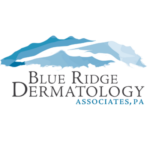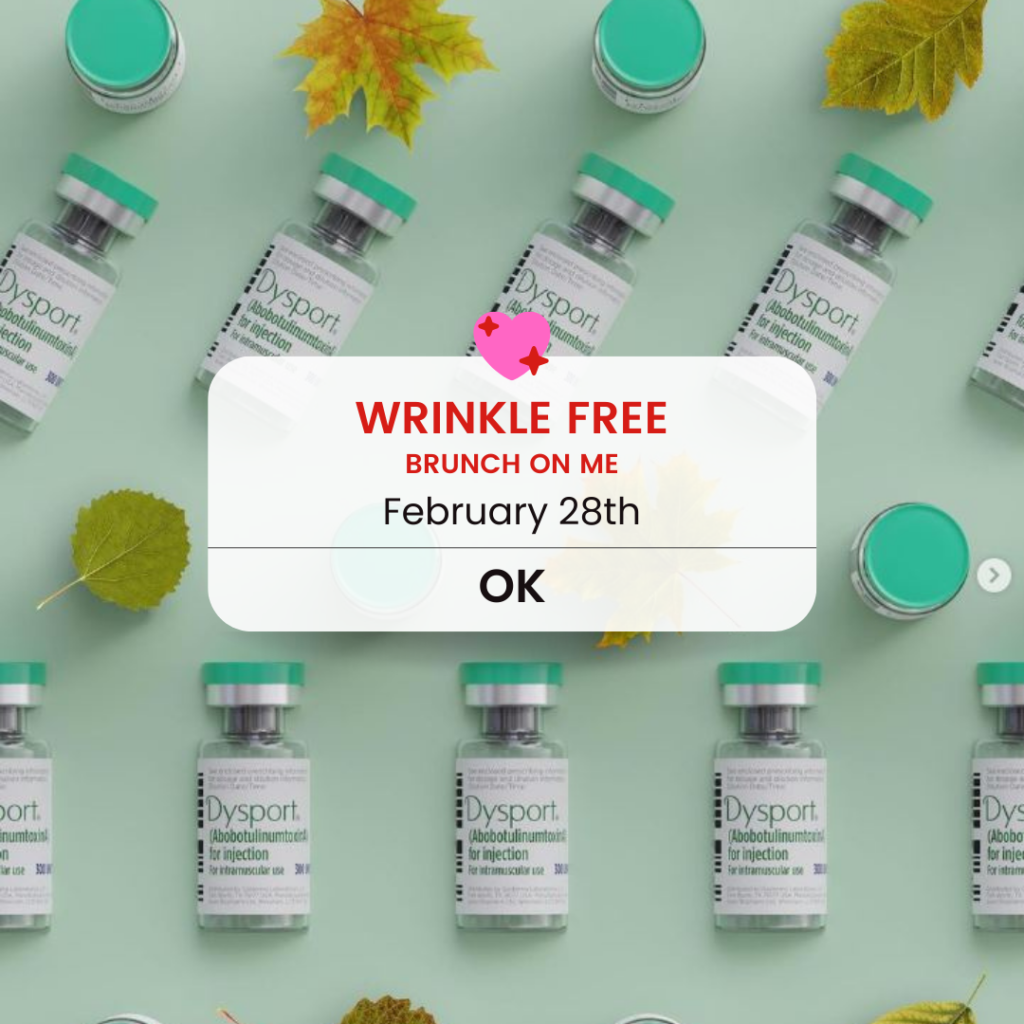Why do you wake up with clear skin one day but have acne the next? The answer to that question is more complicated than blaming it on a “break out.” According to the American Academy of Dermatology, acne is the most common skin condition in the United States, affecting more than 50 million Americans yearly. With 85% of people experiencing this type of skin condition between the ages of 12 and 24, it is essential to understand the different types of acne and how to treat them.
Different Types Of Acne And Acne Treatments
The phenomenon of acne is often caused when tiny holes in the skin become blocked and sometimes inflamed. These blockages produce different types of acne, including blackheads, whiteheads, papules, pustules, and nodules. Here at Blue Ridge Dermatology, we understand the negative side effects acne can cause, physically and emotionally. Knowing the difference between types of acne and their treatment is a great first step to clearer skin.
Blackheads
Blackheads appear when dead skin cells and oil clog your pores. Because blackheads remain open, and the chemical inside, melanin, has been oxidized by the air, the bump often appears dark or “black.” Blackheads are most common during puberty due to hormonal changes that increase oil production. However, people of all ages can get blackheads. Certain medications, diet, genetics, and stress can also cause or worsen acne.
WebMD suggests the most common treatments for blackheads include salicylic acid, retinoid creams and lotions, extraction, and non-comedogenic products. When treating blackheads, it is important to steer clear of oil-based and alcohol-based cleansers.
Whiteheads
Whiteheads are similar to blackheads as they are typically a combination of clogged pores from dead skin cells and oil. However, the main difference between the two types of acne is while blackheads remain open, whiteheads are closed pores. Because they are closed, the air is unable to enter the follicle, which causes the bacteria to undergo a different chemical reaction than blackheads, resulting in different surface colors. Whiteheads are extremely common and even thought to affect nearly everyone at one point in life.
Because blocked pores cause black and whiteheads, they can often be treated similarly. This means over-the-counter products such as benzoyl peroxide and salicylic acid can all effectively treat these two types of acne.
Papules
According to the Cleveland Clinic, papules are solid, inflamed bumps caused by excess oil in your skin, bacteria, or hormones. Papules can appear red, brown, purple, or even the color of your skin. They often affect teenagers as they undergo puberty and hormonal changes but can occur at any age. Common treatments for papules include azelaic acid, benzoyl peroxide, retinoids, and salicylic acid. Your healthcare provider or dermatologist may recommend prescription medications if you have persistent papules even after recommended treatment.
Pustules
Pustules typically occur when an area of skin becomes inflamed or irritated or as a result of your body trying to fight off an infection. Pustules usually appear as small red bumps with white or yellowish centers and can be sore or painful to the touch. Pustules may show up on your face, neck, scalp, back, upper chest, or other areas of your body. Topical products used to treat pustules include over-the-counter acne medications containing peroxide, salicylic acid, or sulfur. It is recommended never to try and pop pustules, as this can damage your skin and lead to scarring.
Skin disorders have been linked with emotional impacts such as poor body image, social isolation, and low self-esteem and can also trigger levels of anxiety, frustration, and depression. Blue Ridge Dermatology is proud to offer medical and cosmetic dermatological services that can help you get the results you want. We are here to help diagnose your skin conditions and develop a personalized treatment plan that best suits you and your needs. For more information, call our office at 919-781-1050.




